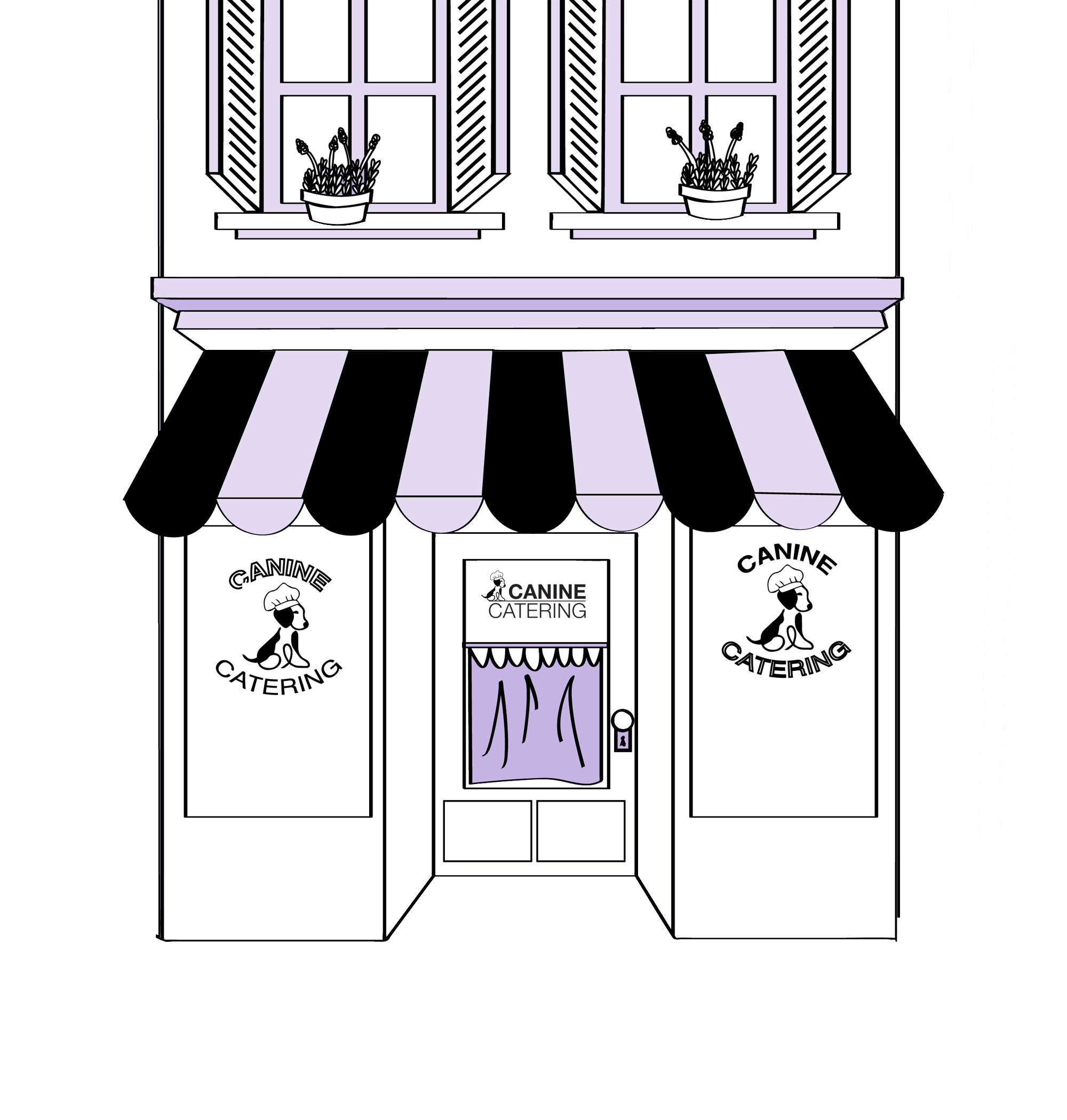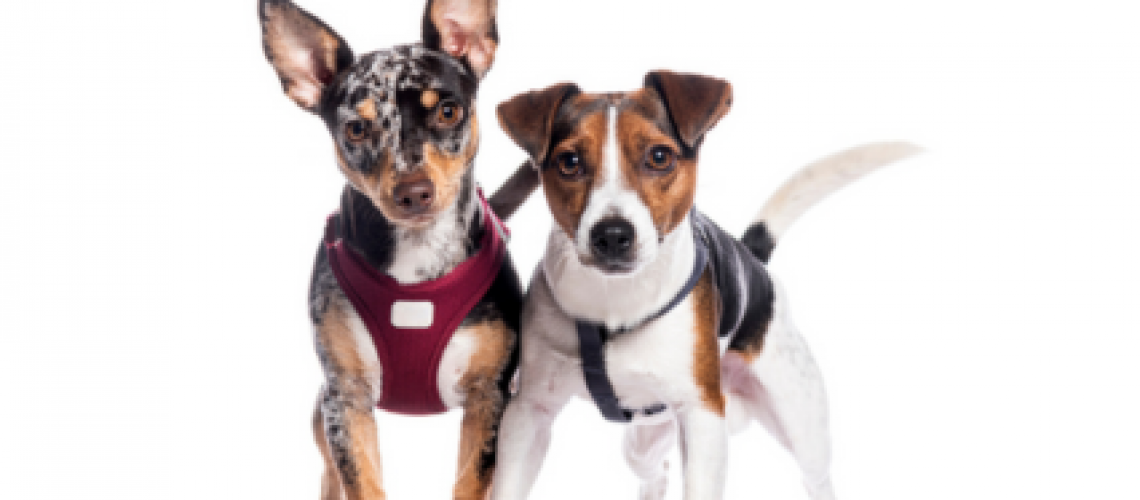Choosing the right dog harness can significantly improve your dog walks and training sessions. With so many options available, it’s essential to understand the different types and their specific benefits. This guide explores popular dog harness styles, highlighting their pros, cons, and best use cases to help you make an informed decision.
Types of Dog Harnesses
Back-Clip Harness
- Pros: Easy to put on, comfortable for most dogs, suitable for everyday walks.
- Cons: Can encourage pulling, less control compared to other styles.
- Best for: Well-behaved dogs, casual walks, dogs with no neck issues.
Front-Clip Harness
- Pros: Discourages pulling by redirecting the dog’s attention, provides better control.
- Cons: Can cause chafing if not fitted properly, may take some getting used to.
- Best for: Dogs that pull on the leash, training puppies, dogs needing extra control.
Dual-Clip Harness
- Pros: Offers both front and back clip options, providing versatility for different situations.
- Cons: Can be more expensive than single-clip harnesses.
- Best for: Owners who want flexibility, training in various environments, dogs with changing needs.
Step-In Harness
- Pros: Easy to put on, requires minimal handling, good for dogs that dislike things going over their head.
- Cons: Can be less secure than other styles if not properly fitted, may not be suitable for strong pullers.
- Best for: Small dogs, dogs sensitive to being handled, quick on-and-off use.
No-Pull Harness
- Pros: Designed to discourage pulling without causing pain or discomfort, often features a front clip or martingale loop.
- Cons: Effectiveness can vary depending on the dog, proper fitting is crucial.
- Best for: Dogs that pull excessively, owners seeking a humane training aid.
Choosing the Right Harness for Your Dog
Breed and Size:
- Small Breeds (e.g., Chihuahua, Yorkshire Terrier): Step-in harnesses or lightweight back-clip harnesses are often suitable.
- Medium Breeds (e.g., Beagle, Border Collie): Front-clip or dual-clip harnesses can provide better control.
- Large Breeds (e.g., Labrador Retriever, German Shepherd): Durable front-clip or back-clip harnesses with strong hardware are essential.
Activity Level:
- Casual Walks: Back-clip harnesses are generally sufficient.
- Running/Hiking: Look for harnesses with padding and adjustability for comfort and a secure fit.
- Training: Front-clip or dual-clip harnesses offer better control for leash training.
- Dogs with injuries/physical limitations: select harnesses that are supportive and won’t exacerbate the injury/condition (e.g. avoid collars if they have neck problems).
Lifestyle factors to consider
- Is your dog a swimmer? Or a muck-pup, rolling in muddy puddles? Then consider a harness made with a quick-drying mesh weave.
- Will someone with less dexterity be handling the harness? Make sure the release buckles are easy to access, aren’t stiff, and don’t require strong fingers.
No matter what harness you choose, ensure it meets safety standards, and is comfortable. Always measure your dog carefully and consult sizing charts to ensure a proper fit. Regularly check the harness for wear and tear, and replace it when necessary. With the right harness, you can enjoy safer, more enjoyable walks and car-rides together.
Shop our meals here
Image by GlobalP on iStockphoto.com




